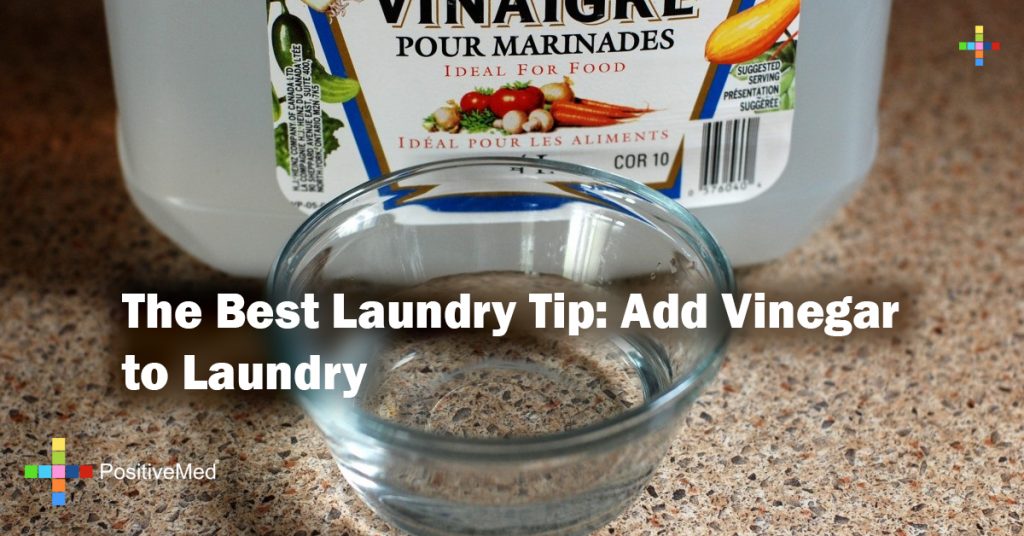
The Best Laundry Tip: Add Vinegar to Laundry
When I first lived on my own, I remember a tiny bottle of vinegar in my baking cupboard that rarely got used. These days, I have a gallon of it on deck waiting because I go through so much. It seems like we use it for everything: cleaning hard surfaces, cooking, garden, laundry, even deodorizing!
The multipurpose nature of vinegar is catching on quickly. Over the last few years we have watched the price nearly double. Since ditching chemicals and cleaning “green” has become more popular, vinegar is flying off store shelves. White vinegarcan still be purchased fairly cheap and is a tough contender against most commercial products.

Vinegar has many uses including cooking and cleaning. Commercial brands of vinegar contain 5% acetic acid on average. Five percent concentration is high enough to kill most germs. It is a safe and natural disinfectant, deodorizer, and cleaning agent. The smell of vinegar might be intolerable to some, however, that can be remedied with a few drops of essential oil or diluting the vinegar with water.
I typically use half a cup of vinegar to every gallon of water when cleaning. The vinegar smell is intense at first, but disappears within the first fifteen minutes as it evaporates.
Typically, when there’s a stain on white clothing, people are tempted to simply bleach the stains right out of the fabric. While bleach is very effective at removing stains, as well as all other pigmentation, it is not always the best choice for some types of clothing.
You see, the acetic acid in white distilled vinegar is so mild that it will not harm fabrics; yet is strong enough to reduce lint as well as dissolve residues (alkalies) left by soaps and detergents, which make black clothes look weathered. Just adding 1/2 cup vinegar to the final rinse cycle in the washing machine will result in brighter, clearer colors.

For pre-treating, first rinse the stain, preferably when fresh, with cold water thoroughly; then wet a sponge with white vinegar and dab at the stain until it’s removed. Personally, I rubbed at it with my fingers, then soaked the entire sheet in a mixture of cold water & vinegar for about an hour, then dabbed at the stain some more. This completely removed any and all traces of the stain!
Brighten your whitesby adding 1 1/2 cups of distilled vinegar during the rinse cycle. To whiten dingy whites, bring a stock pot half-full with water to a boil and add 1 cup of vinegar. Remove the pot from the heat and soak overnight (this is great for socks or other small items), then wash them in the morning as usual.
Make a paste using 3 parts baking soda and 2 parts white distilled vinegar to remove a ring around the collar. Rub the paste onto the collar stains and allow it to sit for 1 hour. Wash as usual afterwards.

Soften your laundrywith a homemade vinegar fabric softener. Pour 1 cup each of baking soda and tap water into an empty gallon container. Swirl the container to dissolve the baking soda. Add 6 cups of distilled vinegar slowly to keep the fizzing to a minimum. Pour 7 cups of tap water into the container to complete the softener. Add a few drops of essential oil for fragrance if you wish. To use, pour 1 cup into your washing machine during the rinse cycle.
Adding vinegar to laundry, especially after a cold or other illness, will help reduce the chances of reinfection and spreading the germs to others. It’s a great addition to any household and is so versatile, you’ll be wondering how you went so long without it!
The Best Laundry Tip: Add Vinegar to Laundry
[Last Updated on June 9th 2014]







